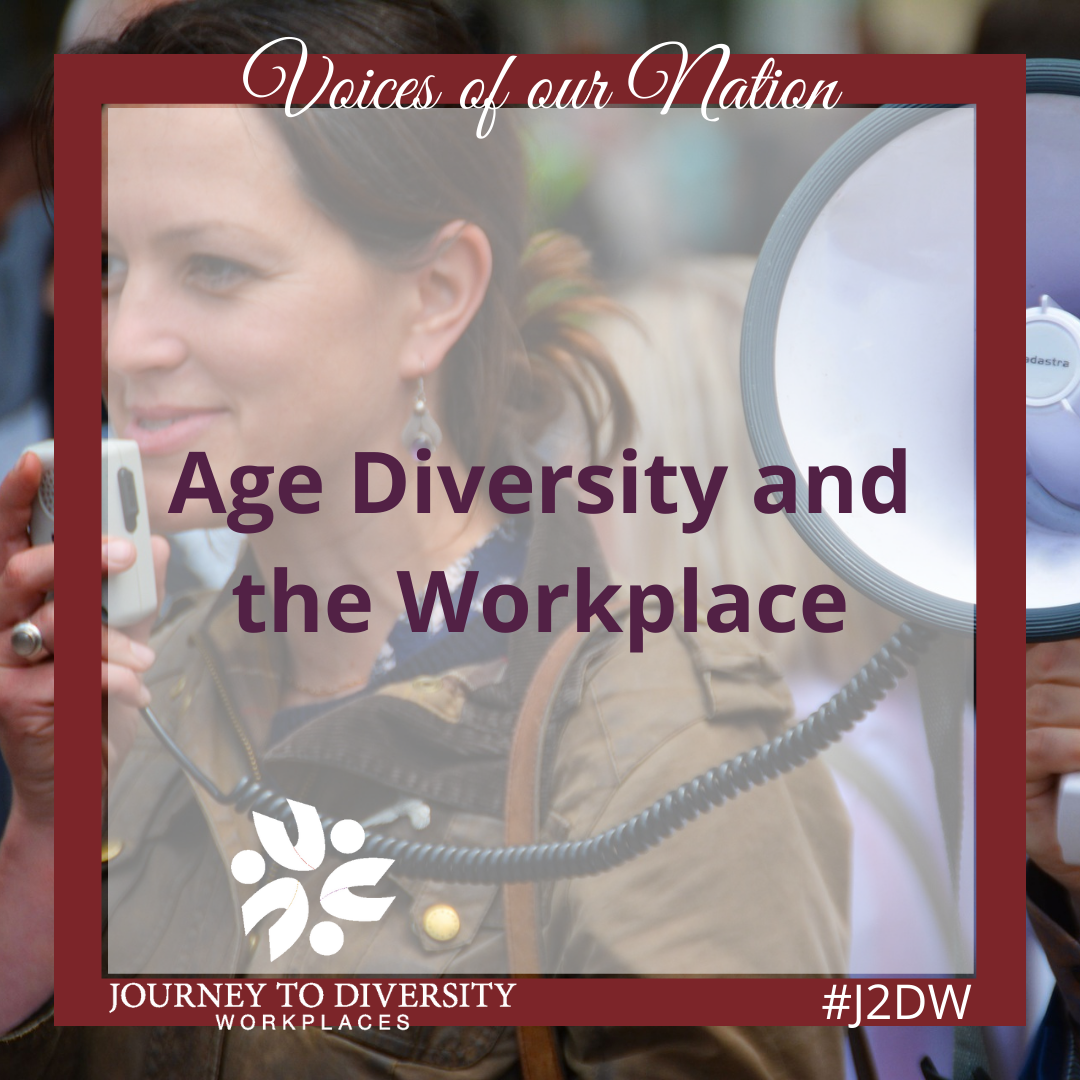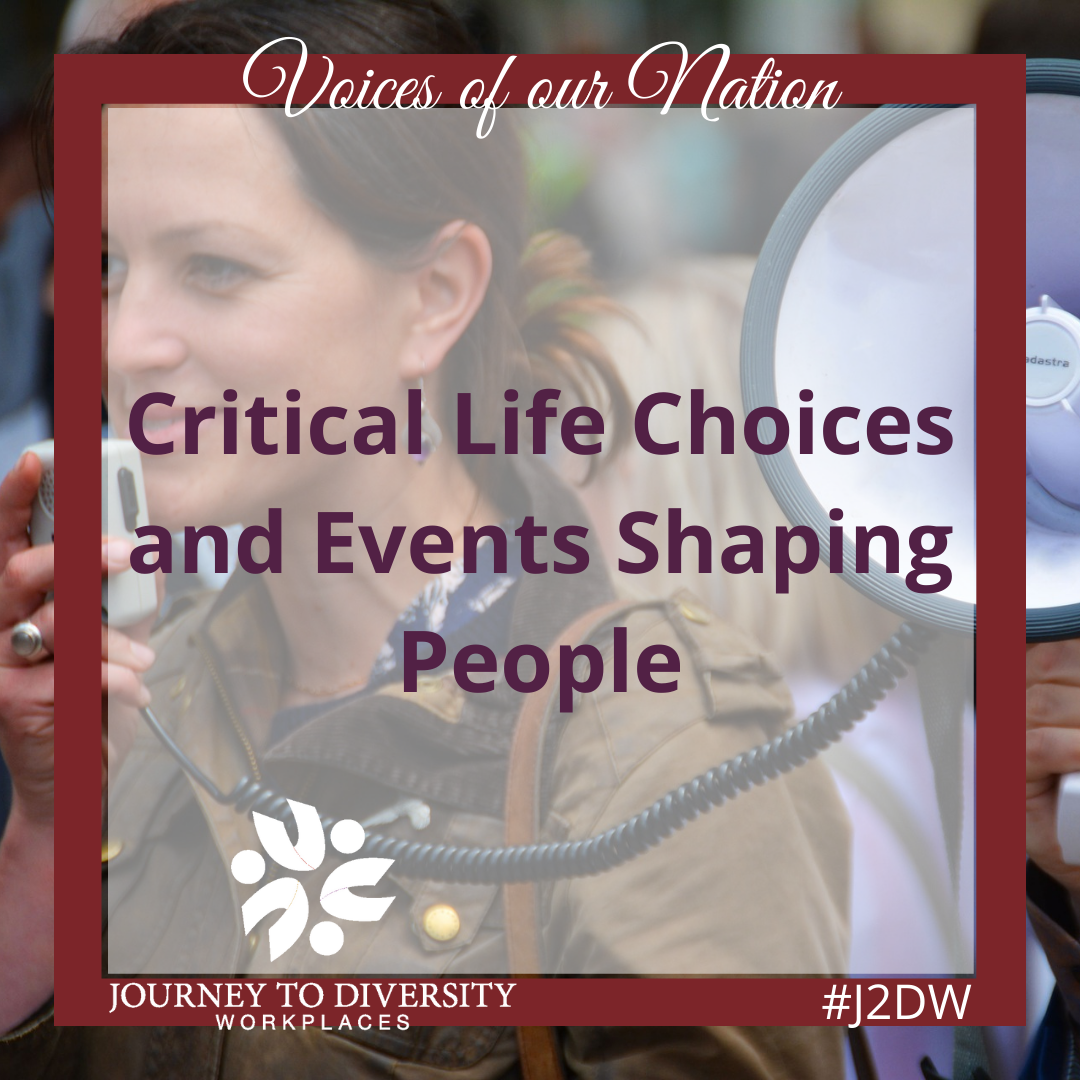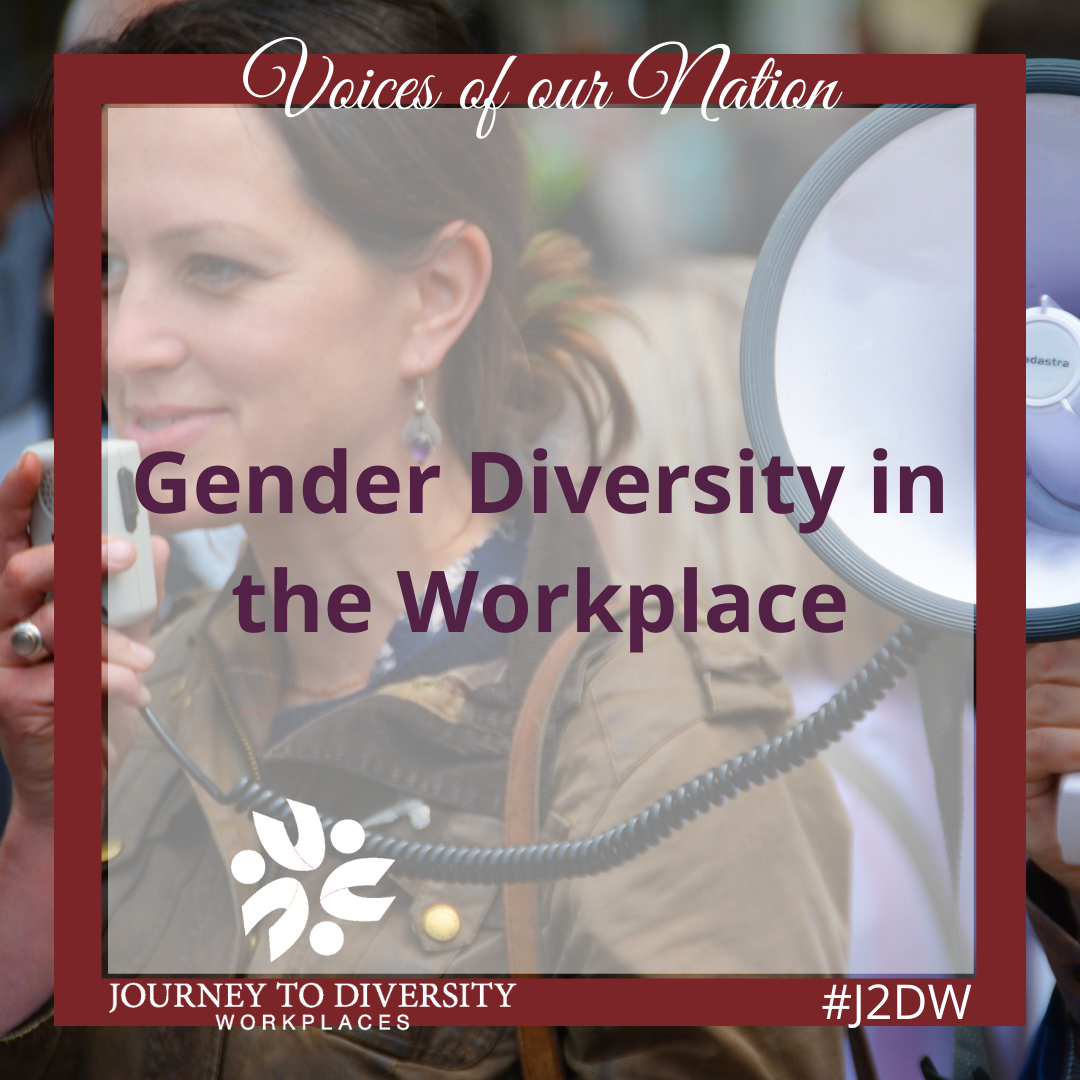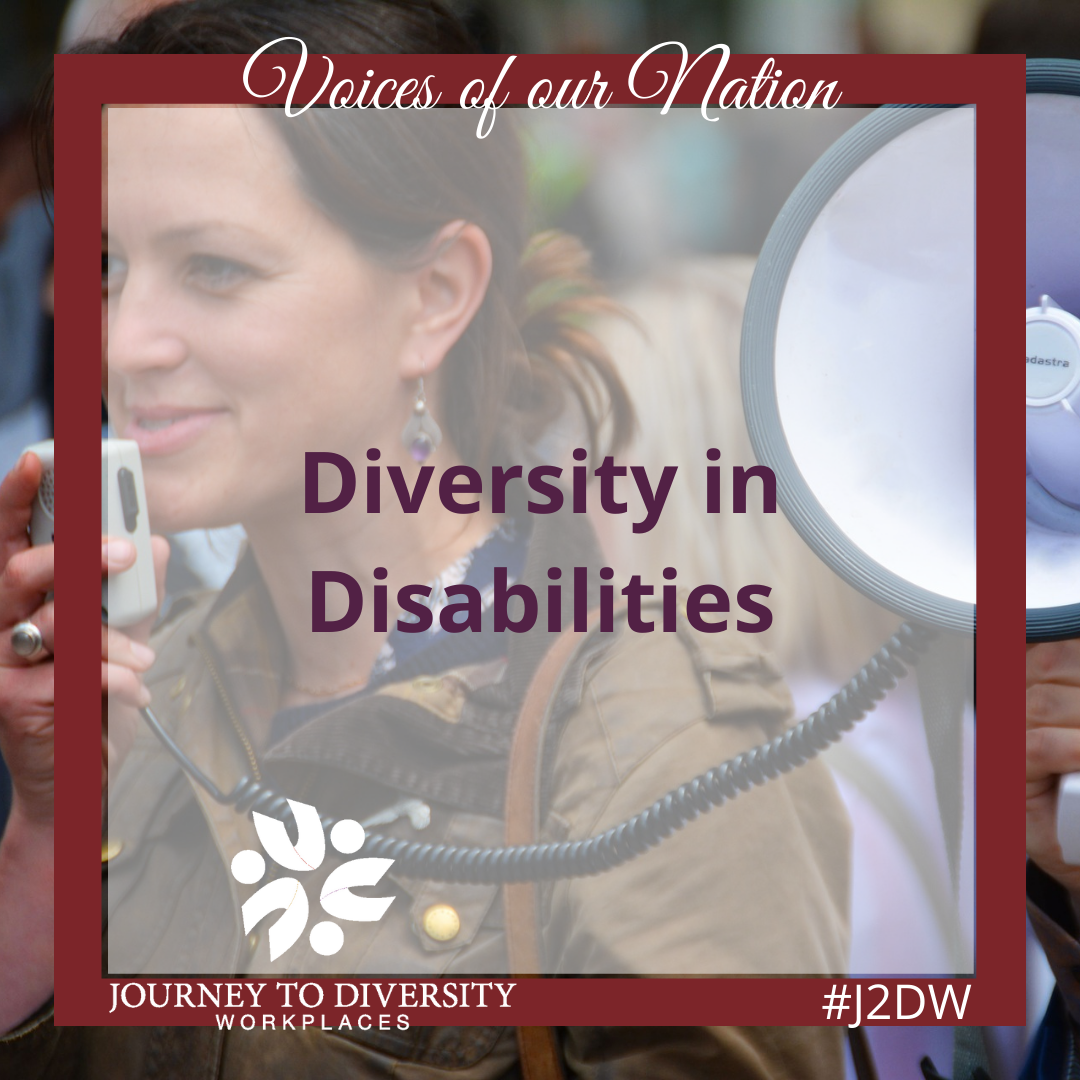Age diversity is the ability to accept all different types of ages within a workplace environment. A workplace composed of different age groups creates an environment where each generation brings different skills and talents to the workplaces. Each employee brings attributes and attitudes that have value to the workplace and each has a role to play in the success of workplaces.
Workplaces are becoming increasingly diverse in age. This increase in age diversity is creating a workplace environment that is rich with experience and maturity as well as youthful exuberance. Workplaces that employ workers in a broader range of age have the advantage of creating a dynamic workplace with a diverse range of skills. Employers need to develop strategies that will allow age diversity to be an asset to workplaces as each employees’ potential is maximized.
Age diversity is a reality in today’s workplace, and will only increase in the future. Workplaces will be more successful when employers gain an understanding of how to effectively blend the age diversity together to utilize the full potential of each of their employees. Workplaces that encourage age diversity can inspire all of their employees to perform to their highest level of ability. In contrast, a workplace that is heavily composed only of people in a particular age demographic runs the risk of becoming obsolete.
Every employee can benefit from being exposed to new ideas and thinking. Younger employees will typically have a better understanding of modern technology while older employees will bring more years of experience. So developing a diversity of both younger and older employees could be very beneficial within the workplace. Interacting regularly with the different generations in the workforce can add different perspectives and an understanding of the various approaches differing generations take in the workplaces and their daily lives. Employees of all ages can add value to workplaces, and will be important components in the diverse workplace of the future. The age diversity has improved in the modern day workplace, but employers still need to be more aware of the potential beneficial aspects of promoting age diversity in the workplace.
This article was contributed by volunteer blogger Shan Simpson.




